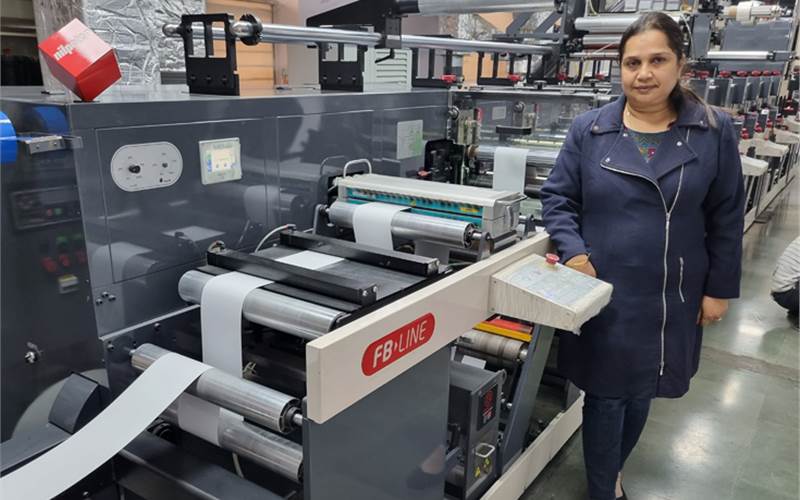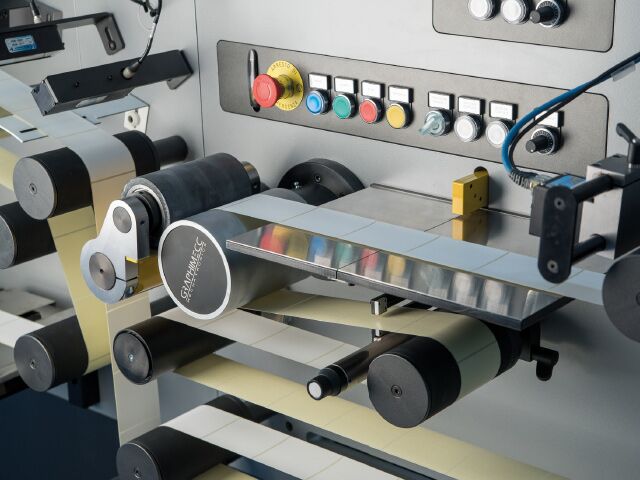In today’s fast-paced world, educating buyers on counterfeit risks is more crucial than ever. The proliferation of counterfeit goods not only affects businesses but also poses significant risks to consumers. Understanding these risks is the first step towards making informed purchasing decisions.
The presence of counterfeit products in the market is a growing concern that all consumers should be aware of. By educating buyers on counterfeit risks, we can emphasize the importance of vigilance and informed decision-making in every purchase.

Understanding Counterfeit Goods
Counterfeit goods are unauthorized replicas of real products. They are often produced with the intent to take advantage of the superior value of the imitated product. These goods can range from luxury items like handbags and watches to everyday products like pharmaceuticals and electronics.
What Makes a Product Counterfeit?
To identify counterfeit products, it’s essential to understand what makes a product fake. Generally, counterfeit items are produced without the authorization of the original brand and are often of inferior quality. They may have slight variations in packaging, logo, or product features that distinguish them from genuine items.
The Impact of Counterfeit Goods
The impact of counterfeit goods extends beyond financial loss. They can compromise consumer safety, damage brand reputation, and even fund illegal activities. It’s important for buyers to be aware of these risks to make informed choices and protect themselves and their families.
Health and Safety Risks
One of the most significant risks posed by counterfeit goods is health and safety. Products like counterfeit pharmaceuticals or electronics can be hazardous, leading to serious health risks or accidents. Educating buyers on counterfeit risks involves highlighting these potential dangers.
Economic and Brand Damage
Counterfeit products cause economic damage to legitimate businesses and can tarnish the reputation of established brands. Consumers buying counterfeit goods may unknowingly support activities that undermine legitimate companies and the market as a whole.
Identifying Counterfeit Products
Consumers can protect themselves by learning how to identify counterfeit products. This involves paying close attention to details such as price discrepancies, unusual packaging, and seller credibility.
Price Discrepancies
If a deal seems too good to be true, it probably is. Unusually low prices are often a red flag for counterfeit products. Buyers should be wary of significant price differences from the standard retail price.
Packaging and Labels
Counterfeit products often have packaging that looks almost like the original but has subtle differences. Buyers should examine packaging for spelling errors, quality of materials, and logo accuracy.
Seller Credibility
Purchasing from reputable sellers reduces the risk of buying counterfeit products. Buyers should research sellers and verify their credibility before making a purchase, particularly when shopping online.
Steps to Avoid Counterfeit Products
Consumers can take proactive steps to avoid counterfeit products. These steps include purchasing from authorized dealers, using authentication services, and staying informed about counterfeit trends.
Buy from Authorized Dealers
One of the most effective ways to avoid counterfeit products is to buy from authorized dealers. These sellers are approved by the brand and provide genuine, high-quality products.
Use Authentication Services
Many brands offer authentication services that allow buyers to verify the authenticity of a product. These services can include special codes, QR codes, or other forms of unique verification methods.
Stay Informed
Consumers should stay informed about the latest trends in counterfeiting. This includes reading news articles, following brand updates, and understanding the most commonly counterfeited products in the market.
Role of Technology in Combating Counterfeiting
Technology plays a significant role in combating counterfeit products. Innovations such as blockchain, AI, and RFID tags are being used to enhance product tracking and authentication.
Blockchain Technology
Blockchain technology provides a secure way to track the provenance of products. It ensures that every step of the supply chain is recorded and verified, reducing the risk of counterfeit goods entering the market.
Artificial Intelligence
AI is being used to detect counterfeit products by analyzing patterns and identifying anomalies in product listings, reviews, and seller profiles. It can quickly identify suspicious activities and alert consumers and authorities.
RFID Tags
RFID tags are used to track products throughout the supply chain. By scanning these tags, consumers and retailers can verify the authenticity of a product and ensure it has not been tampered with.
Legal and Regulatory Measures
Governments and organizations around the world are implementing legal and regulatory measures to combat counterfeiting. These measures include stricter penalties, enhanced enforcement, and international collaboration.
Stricter Penalties
Many countries are enforcing stricter penalties for those caught producing or distributing counterfeit goods. These penalties serve as a deterrent and help reduce the prevalence of counterfeit products.
Enhanced Enforcement
Law enforcement agencies are enhancing their efforts to combat counterfeiting. This includes increased surveillance, raids on counterfeit operations, and collaboration with international organizations.
International Collaboration
Counterfeiting is a global issue that requires international collaboration. Governments and organizations are working together to share information, resources, and strategies to effectively combat counterfeit goods.
Consumer Responsibility
Consumers have a responsibility to educate themselves about counterfeit risks and make informed purchasing decisions. By doing so, they can protect themselves and contribute to the fight against counterfeiting.
Educating Others
Consumers can help raise awareness about counterfeit risks by educating others. Sharing information with friends, family, and colleagues can help spread awareness and reduce the demand for counterfeit goods.
Reporting Counterfeit Products
When consumers encounter counterfeit products, they should report them to the appropriate authorities. Reporting helps authorities track and take action against counterfeit operations.
Conclusion
Educating buyers on counterfeit risks is essential for protecting consumers and businesses. By staying informed and making conscious purchasing decisions, buyers can reduce their risk of encountering counterfeit products and support the fight against counterfeiting.

FAQs
What are counterfeit products?
Counterfeit products are unauthorized replicas of genuine products, often of inferior quality and produced without the original brand’s authorization.
How can I identify counterfeit products?
To identify counterfeit products, look for price discrepancies, unusual packaging, and verify the seller’s credibility. Authenticate products using brand-provided services if available.
What should I do if I encounter counterfeit products?
If you encounter counterfeit products, report them to the appropriate authorities and the brand involved. This helps track and combat counterfeit operations.
This article contains affiliate links. We may earn a commission at no extra cost to you.







